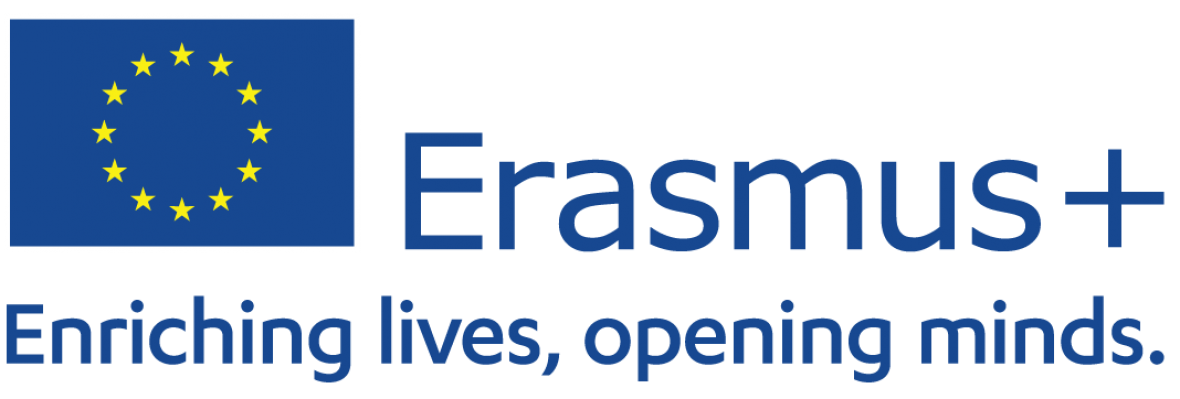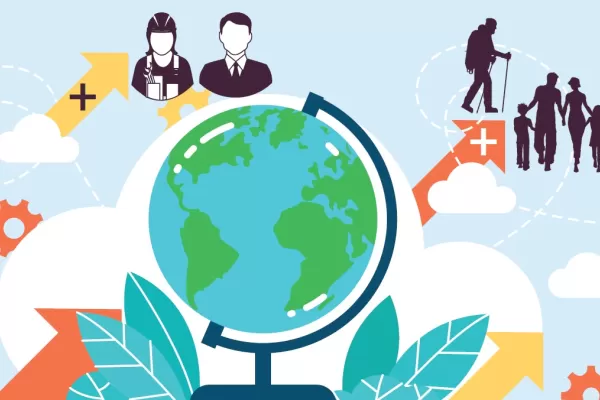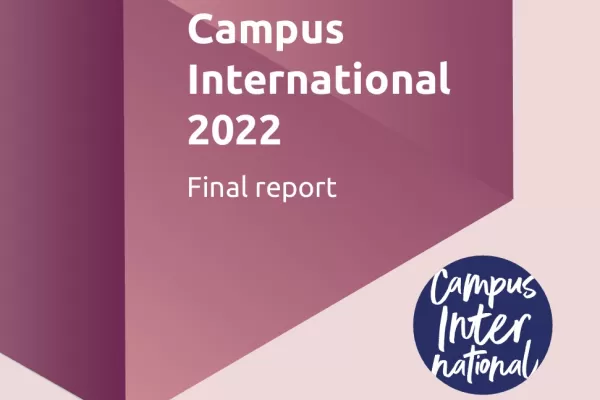Resume
The exploration provides in-depth information on the State of the Art of the implementation of the Inclusion Top-Up by HEI’s. Institutions are at the beginning of the process of implementing the inclusion top-up (n=23 out of total 55). Top-ups are primarily about economic obstacles. HEI’s implementation challenges concern financial insecurity, proof-issues and improvement of communication on the top-up possibilities. Opportunities predominantly concern – not surprisingly- communication, the internal organisation, issues with proof and clarity about the budget.
Conclusions
- It seems that the institutions are at the beginning of the process of implementing the inclusion top-up (N=23).
- The distribution of respondents (N=16) shows that the top-ups are primarily about economic obstacles.
- About half of the respondents are Erasmus coordinators or hold a similar position at their respective institutions (N=23).
- The progress markers confirm that most of the institutions of higher education are at the outset of the implementation of the inclusion top-up.
- The open questions show that challenges are being reported on communication, the internal organisation, financial insecurity and the furnishing of proof.
- Opportunities were reported with regard to improving communication, the internal organisation, the furnishing of proof and clarity about the budget.
Recommendations
- The question about the progress markers and the questions about limiting and furthering factions could be pursued further in a two-yearly or three-yearly monitor to give form and substance to the support policy from the NA and the institutions.
- Continued development of the zero measurement into a yearly, two-yearly, or three-yearly monitoring (the survey pressure on the institutions and the NA should not be needlessly high) helps the NA realise her support ambitions regarding the implementation of the inclusion top-up.
- The bespoke data provided to the NA and institutions via the progress markers and the priorities through the questions about limiting and furthering factors can also in the future help institutions to better bring their internal prioritisation in line with their ambitions.
Download the report
- Report of an Exploration of Inclusion Top-Up at Institutions for Higher Education.pdf 2MB / pdf Download
More information?
Looking for more information about this project? Get in touch: onderzoek@erasmusplus.nl.




